Vintage Tribal Kilim Runner 2' 11" x 11' 6" (35" x 138")
Type:
Kilim RugsCollection:
Tribal RunnersID:
K0077309Size:
Material:
The designs feature a rich array of symbols representing tribal culture and Anatolian motifs, often in the form of medallions, diamonds, and other geometric shapes.
The designs feature a rich array of symbols representing tribal culture and Anatolian motifs, often in the form of medallions, diamonds, and other geometric shapes. These kilim runners are ideal for hallways and narrow spaces, offering a touch of ethnic charm and artisanal quality to any interior.
Herki kilims not only serve as functional floor coverings but also as artistic expressions of tribal identity, making each rug a unique cultural artifact.
Design Elements
- Patterns: The rug showcases intricate geometric patterns typical of tribal designs. These consist of repetitive motifs that create a rhythmic visual experience.
- Symmetry: There is a sense of balance as patterns are evenly distributed across the rug, contributing to its overall harmony.
- Fringe: The kilim features fringed edges that lead to a rustic appearance, embodying the handmade quality of tribal craftsmanship.
- Texture: The flatweave technique used in kilims results in a smooth and durable texture, ideal for runners.
- Dimensions: As a runner, the elongated shape caters to hallways and narrow spaces, accentuating the length of the area it covers.
Colors
- Warm Earth Tones: Predominantly shades of terracotta, rust, and earthy brown reflect natural landscapes, grounding the space.
- Contrasting Blues: Subtle accents of gray add a refreshing contrast, providing visual interest while harmonizing with the warmer tones.
- Neutral Background: Cream and beige hues serve as a neutral backdrop, allowing the vibrant colors to stand out without overwhelming the viewer.
Main Motifs and Their Symbolism
- Geometric Shapes: Common in tribal art, these shapes often represent elements of nature, such as mountains or water, symbolizing harmony with the environment.
- Diamonds: Frequently found in tribal motifs, diamonds symbolize protection and prosperity, believed to ward off negative energy.
- Zigzag Patterns: Representing lightning or water, these patterns convey energy, movement, and vitality, embodying the essence of life.
- Human Figures: Occasionally depicted in tribal pieces, these figures Symbolize community and social connections, reflecting the importance of togetherness.
Summary
The vintage tribal kilim runner embodies rich design elements such as intricate patterns, symmetry, and a harmonious texture. Its warm earth tones, complemented by contrasting blues, create a visually appealing aesthetic. Furthermore, the motifs represented in the rug carry significant symbolism, reflecting themes of protection, prosperity, energy, and community. Together, these aspects create not just a decorative piece, but a meaningful addition to any space.
- Ships in 1-4 business days
- Only one in stock, handmade, unique
- Free shipping via FedEx Express. Easy returns
- Contact us or add a note to your order if you want us to delay your shipping.
- Request more info if you want this rug shorter or narrower
Colors may appear slightly different across various monitors due to screen settings device differences, and external lighting conditions. If color accuracy is important for your space, we recommend viewing the rug on multiple devices or contacting us for a detailed color description. We can provide detailed photos and references using Sherwin-Williams, Benjamin Moore, Pantone, or even Crayola crayons.
You can also visualize most of our products in your own room with AR (augmented reality) on an iPhone or iPad.
Return Policy
Need a rug pad? We recommend RugPadUSA
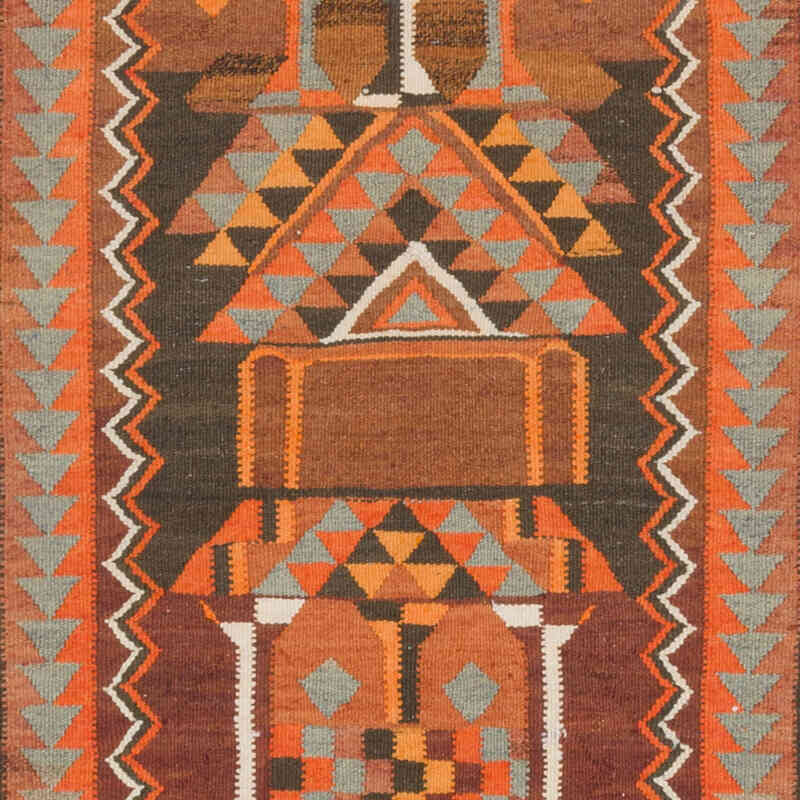
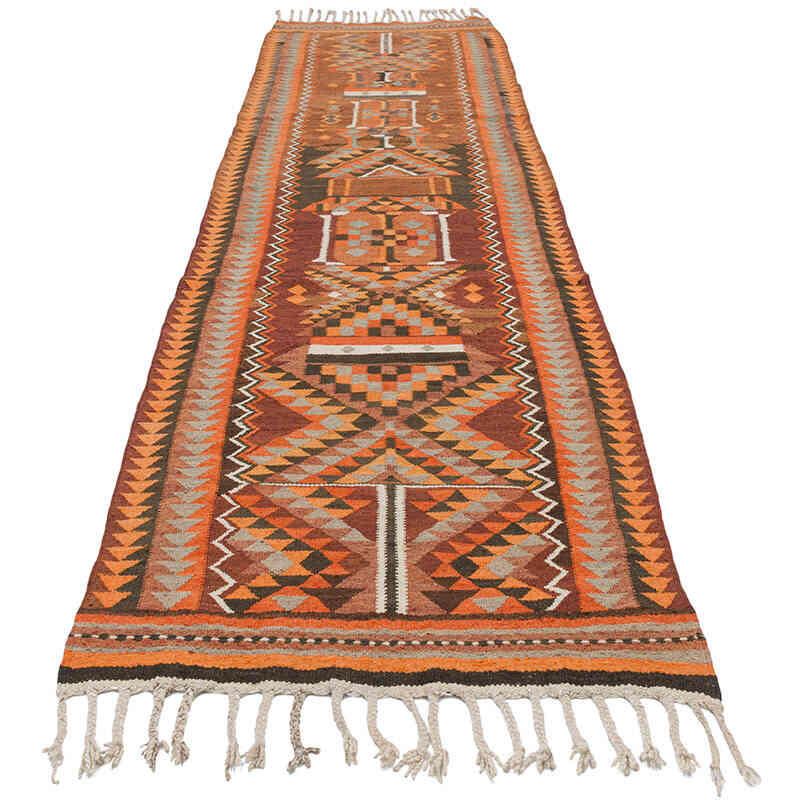
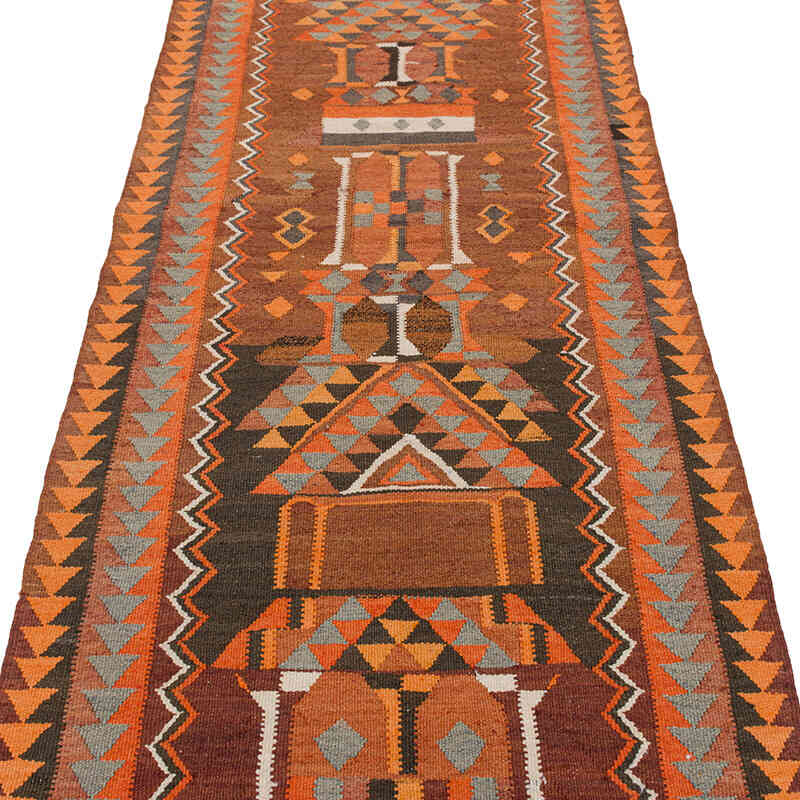
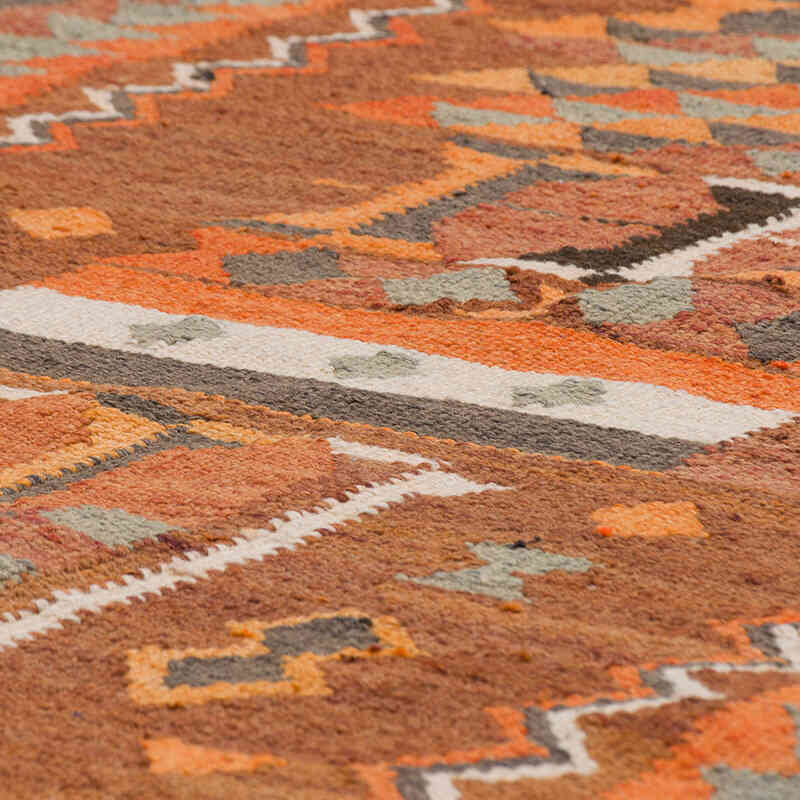
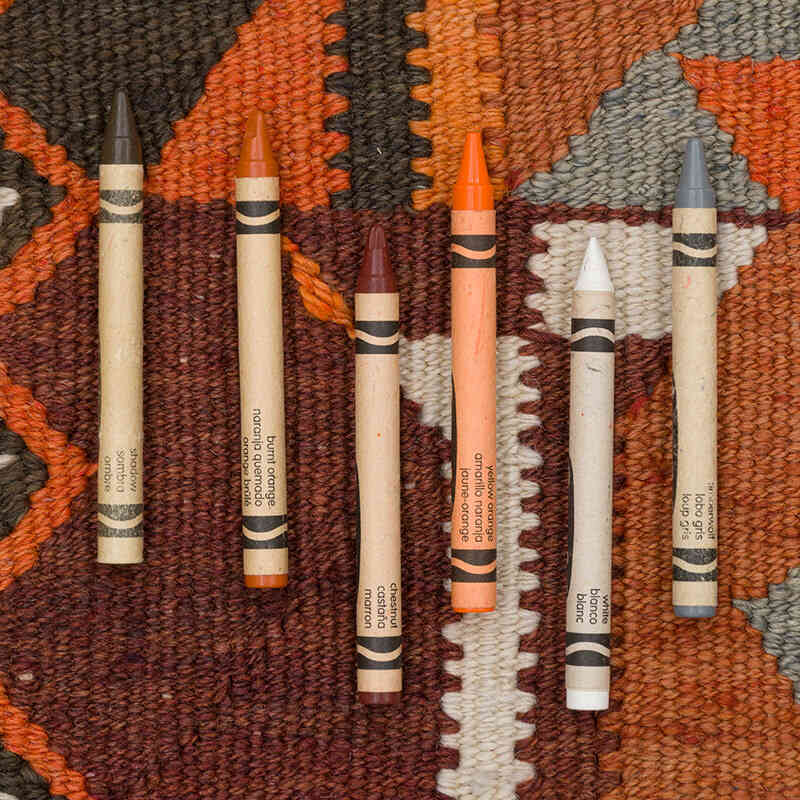

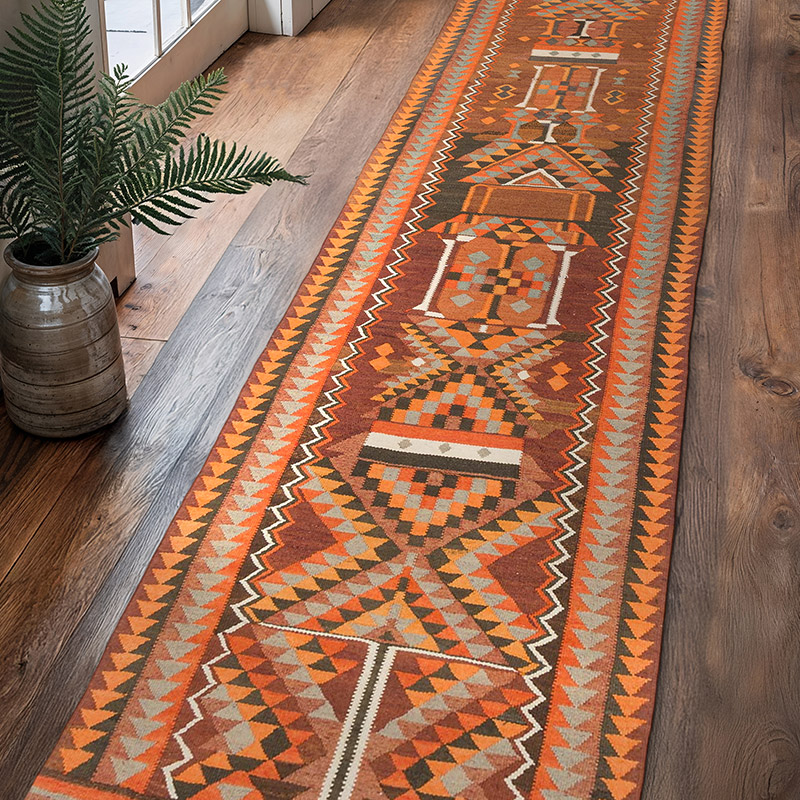







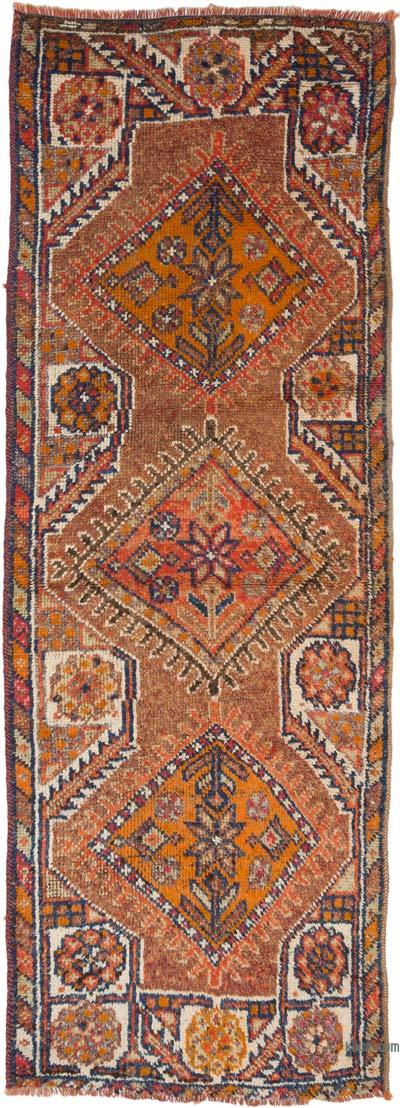








I love my new rug